What To Look Out For - December 2015
As winter draws in many animals congregate in areas of food supply and warmer temperatures. Snow on higher ground in the North York Moors National Park or Yorkshire Wolds often forces birds to move to the coast where there is often less snow due to increased salt levels.
Snipe are great birds to watch as they probe for food such as worms in wet ground but if the ground is frozen they have to migrate to warmer areas. The winter of 2010 saw large numbers of Snipe arrive on Flamborough Head desperate for areas of warmer ground away from the cold interior. This sudden influx benefited other birds. Barn Owls were struggling to find small mammals, so helped themselves to a few weak and hungry Snipe! If the snow arrives try searching for Barn Owl pellets and looking for feathers a fantastic way of learning about how birds can adapt and cope in harsh conditions.
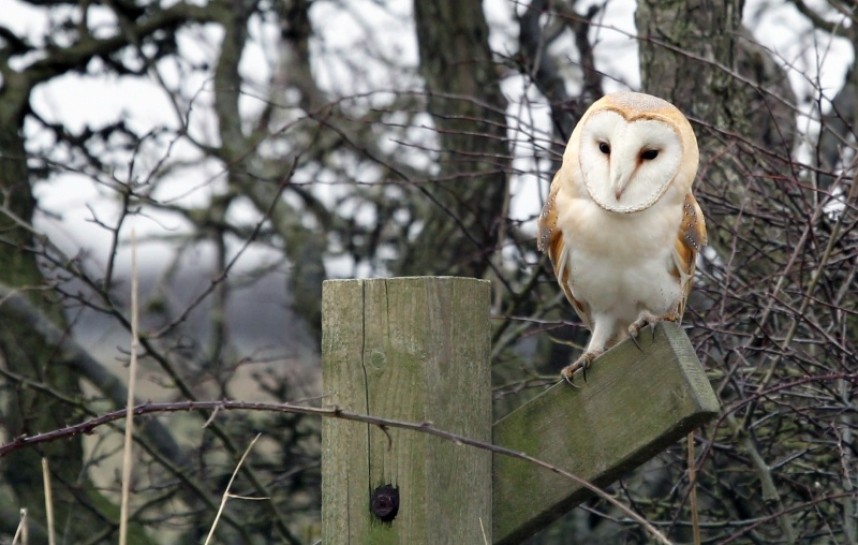
Barn Owl © Richard Baines
Stubble fields after harvest are a great source of food for granivorous birds. These are birds such as Yellowhammer (photo by Mark Pearson) and Tree Sparrow whose diet consists primarily, though not exclusively, of seeds and grain. Using good field craft to locate the best stubbles for birds can make a big difference to birdwatching. Good overwinter green stubble has wild plants such as Chickweed and Groundsel growing within the dead left over crop stalks. These plants provide critical source of seed and leafy cover from harsh winds. Skylarks benefit greatly from this type of habitat and often arrive in big flocks when the conditions get tough when several hundred can be found in one field!
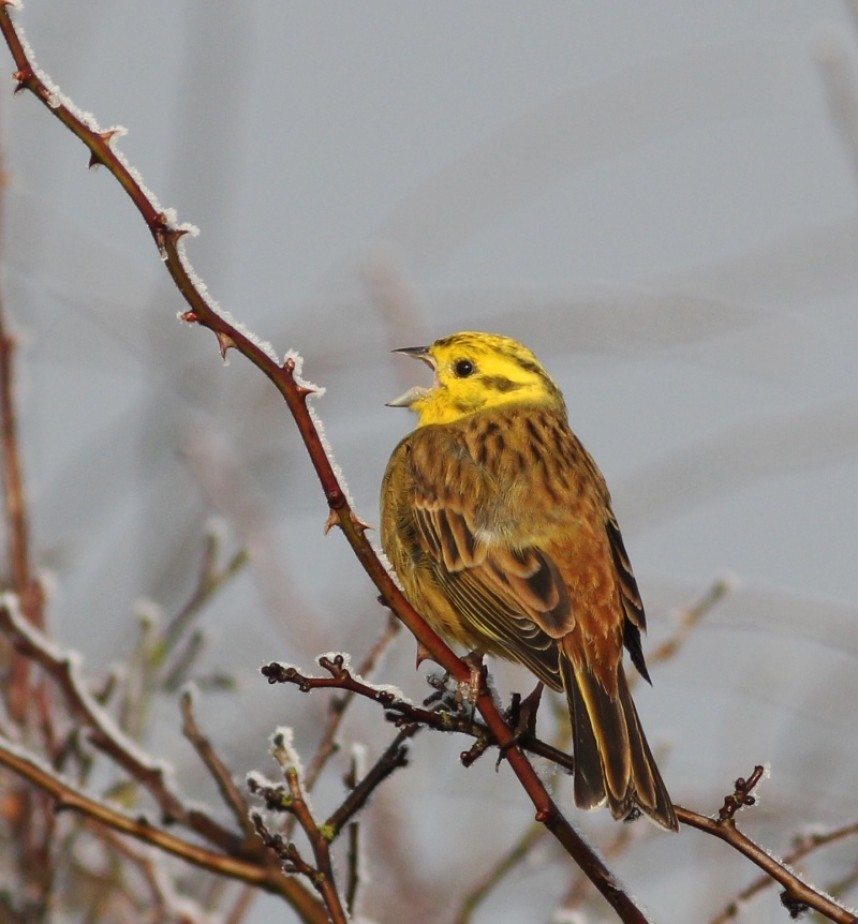
Yellowhammer © Mark Pearson
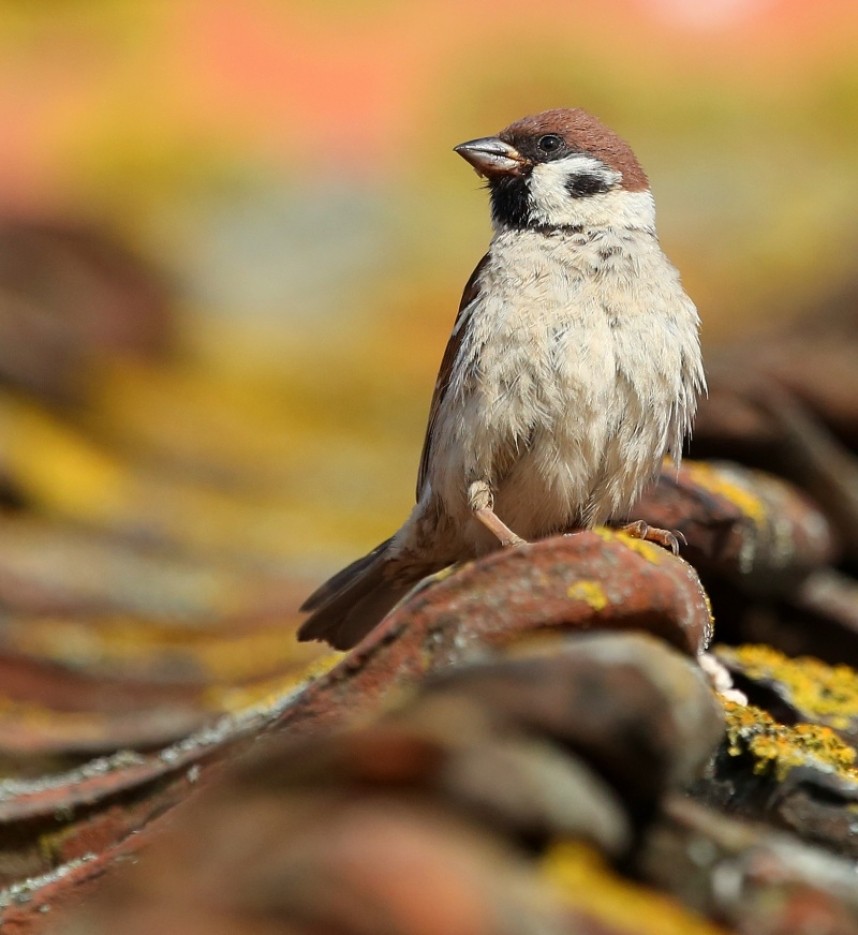
Tree Sparrow © Dan Lombard
Some birds which regularly use the Yorkshire coast in winter look out of place. We normally associate Kingfishers with freshwater rivers but in winter there is often more food on the seashore. Scalby Nab north of Scarborough is a great place to find Kingfishers. The rocky shore is an ideal place for these stunning birds, ice free and plenty of fish such as Common Blenny and Butterfish in the pools.
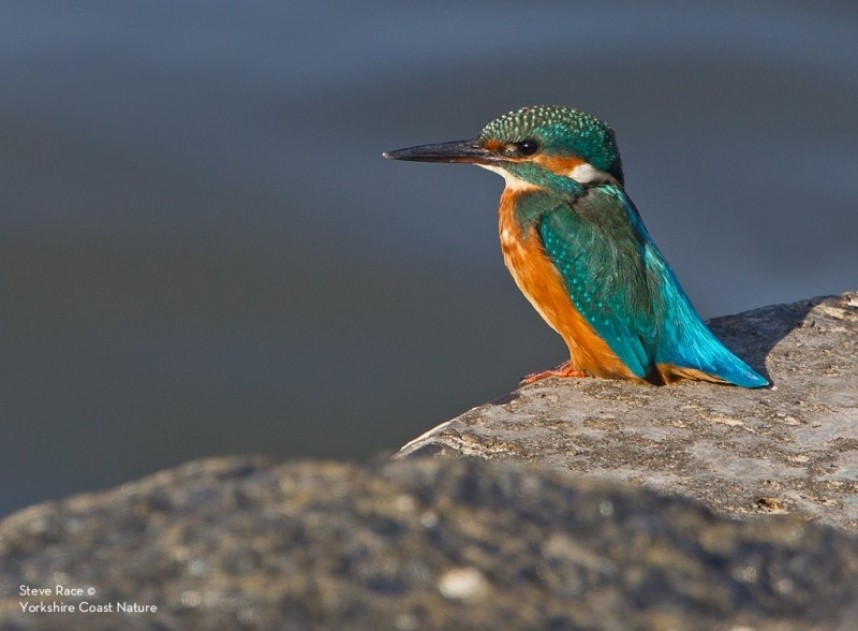
Common Kingfisher © Steve Race
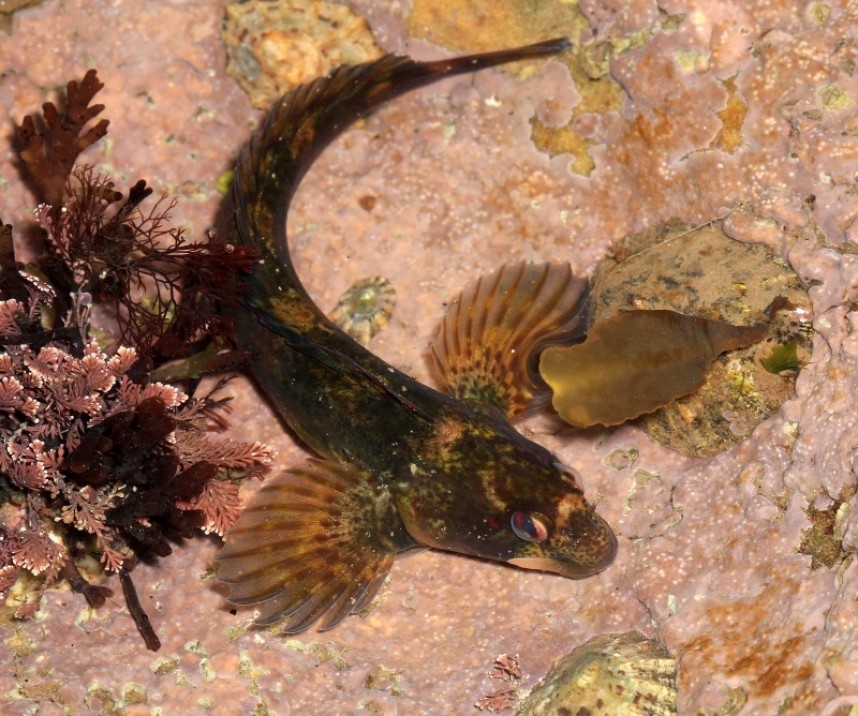
Common Blenny © Dan Lombard
Following Kingfishers down to the North Yorkshire coast for the winter are Dippers. Scalby Beck bridge close to the Old Scalby Mill pub is a great place to see these birds. Having the ability to walk under the water helps them find invertebrate food such as mayflies. Dippers can even eat underwater but bring larger items of prey to the surface.
Hibernating insects can be found almost anywhere they can find a dry place. Try looking for butterflies such as Peacock, Small Tortoiseshell and Red Admiral in old buildings or your garden shed. They often choose a dark cool corner on a timber ceiling beam but be careful not to disturb them. If you find a butterfly in your house and need to move it Butterfly Conservation give the following advice:
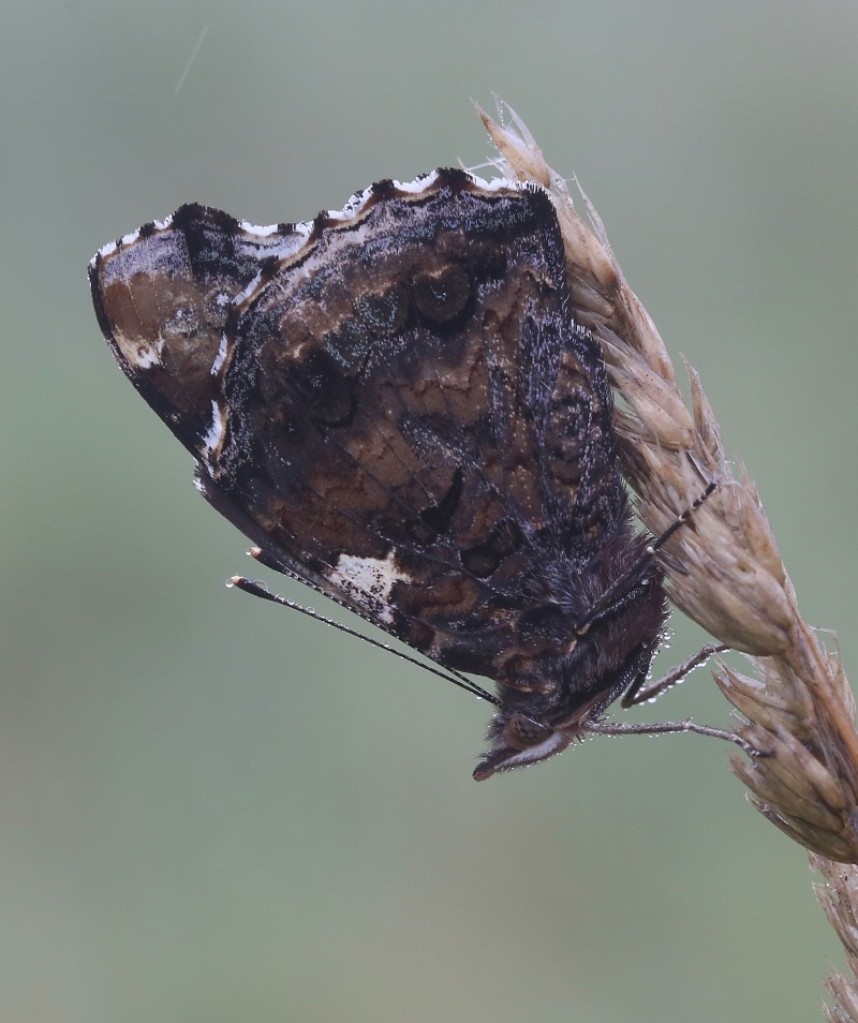
Red Admiral © Dan Lombard
“The best solution is to rehouse the butterfly into a suitable location. Catch the butterfly carefully and place it into a cardboard box or similar, in a cool place for half an hour or so to see if it will calm down. Once calmed down you might be able to gently encourage the sleepy butterfly out onto the wall or ceiling of an unheated room or building such as a shed, porch, garage or outhouse. Just remember that the butterfly will need to be able to escape when it awakens in early spring”



 Back to Blog
Back to Blog
